Future of Cooking With Robots Key Takeaways:
- Robotic Chefs are already in use in commercial chains, delivering measurable boosts to efficiency, wait times and kitchen hygiene.
- Enterprise-grade robotic kitchen systems can cost $300,000+, but targeted smart equipment or compact stations are becoming more affordable and surprisingly common in multi-unit operations.
- Leading tech depends on artificial intelligence, precision robotics and seamless connectivity, so integration with POS, kitchen display and inventory tracking is both attainable and increasingly standard.
- Key benefits include labor cost control, higher food safety standards and menu consistency across multiple locations — though upfront investment and staff acceptance always deserve careful consideration.
The idea that your next Chef could be a machine feels like science fiction, but thanks to rapid advances in robotics and AI, it’s already happening in both restaurants and homes. More and more, consumers expect speed, accuracy, and safety — pressures the food industry is looking to solve with cutting-edge robotics.
So what’s the real story — will robots genuinely replace human Chefs? In practice, adoption is taking off in scalable restaurant groups, but the key is collaboration between people and machines, each playing to their strengths.
We’ll break down the tech behind robotic cooking, highlight how robots are actually on the job, weigh the pros and cons restaurant leaders face and share insights into what the future might really look like for operators, executive Chefs and everyone in hospitality.
How Cooking Robots Work: Technologies Behind Machine Chefs
Cooking robots use a mix of artificial intelligence, robotics engineering, sensors and kitchen connectivity to transform raw ingredients into consistent, high-quality meals. Every component is built for repeatability, speed and safety, fitting into the routines of professional kitchens.
Artificial Intelligence and Recipe Execution
AI systems analyze recipes in a way that mimics a skilled human Chef. They interpret instructions, recognize ingredient swaps and adjust cooking variables according to inventory or guest dietary needs.
Each meal helps the robot refine its process and timing, enabling operators to drive consistency across locations.
For food businesses considering hiring staff to support this technology, explore how to hire reliable kitchen staff.
Precision Engineering: Robotic Arms and Cooking Tools
Modern robotic kitchens feature advanced arms with specialized utensils designed for reliability: chopping, stirring, pouring and plating get done with impressive accuracy, drastically reducing manual errors.
These systems are optimized for fast-paced environments, safety when working with hot surfaces and compatibility with real commercial kitchen setups.
Integration With Smart Kitchen Ecosystems
Most cooking robots link up with other smart appliances, inventory software, and POS or KDS already found in multi-unit restaurants.
This enables automations such as prep scheduling, supply alerts and even hands-free recipe adjustments. It lightens the administrative load for managers and ties robotics directly to real-time data streams used in daily operations.
If you're a manager making these choices, you'll benefit from understanding the Restaurant Manager job description and how automation may shift daily tasks.
Current Applications: Where Robot Chefs Are Cooking Today
Cooking robots are no longer just demos — they’re actively working in real restaurant kitchens and food brands. From burger chains to multi-brand ghost kitchens, robots are changing how staff time and effort are allocated throughout the industry.
Commercial Kitchens and Restaurants
Robot Chefs are increasingly taking on prep work, full meal assembly and repetitive or risky tasks. For instance, CaliBurger’s Flippy robot independently flips burgers, which shortens cook times and improves fry station safety.
White Castle—recently joined by Chipotle—has put robotic fryers and taco-prep systems in place, noting faster meal production and less labor squeeze during rush periods.
Some early adopters have shared case studies with results like ticket times dropping by as much as 25% and noticeable gains in food safety audits, sparking both franchise and investor interest.
If you're looking for advice on hiring or building a great team during this shift, don't miss the guide on how to find the best staff for your restaurant.
Home Cooking Robots and Smart Appliances
For the at-home set, gadgets such as Moley Robotic Kitchen or Samsung’s Bot Chef make hands-off gourmet cooking possible; on the professional side, it’s compact tabletop robots or smart combi-ovens appearing for pilot runs and commercial testing at busy sites.
Specialized Food Robotics: From Sushi to Pizza
Robots are naturals at high-volume, specialized tasks. Think sushi rolling, pizza toppings, even automated coffee bars.
QSRs and franchise operators are now using sushi robots (Suzumo), assembly lines for pizza (Picnic) and even beverage bots to guarantee quality and reduce repetitive stress injuries, especially at scale.
Benefits and Opportunities of Robotic Cooking
As robots become a genuine option for kitchens, food businesses are seeing big wins in consistency, labor efficiency and routine task reduction—not to mention increased hygiene and a tech-forward guest experience.
Labor Optimization and Cost Savings
The biggest draw for most operators: Robots don’t need breaks, so they help tackle labor shortages, mounting wage costs, and high kitchen turnover.
Some restaurant groups have successfully shifted team members from repetitive jobs to more guest-facing or creative roles and achieved steadier labor ratios.
If you're thinking about job description changes, read this step-by-step on how to write an effective job description.
Enhanced Safety and Hygiene
With automated cooking, risk of contamination or human error drops sharply. Robots follow precise checklists — checking temperatures, preventing cross-contamination — often going beyond the minimum health code.
Large operations like hospital systems and university dining halls see this as a major advantage for maintaining standards and passing audits.
Culinary Innovation and Customization
Robot Chefs aren’t just button-pushers anymore. With robust recipe libraries and the ability to log preferences (things like allergies, macro breakdowns, plant-based requests), they open the door to genuine menu customization at scale.
Some kitchen leaders use this to pilot new items, launch seasonal specials, or cater to niche diets—gathering operational insights and boosting bang for the guest’s buck.
.png)
Challenges and Concerns: Will Machines Replace Human Chefs?
Despite the hype, robotic Chefs bring real-world complications for restaurants: system failures, big upfront investment, pushback from staff worried about jobs and the fear of “going too far” with automation can all trip up a rollout.
Technical and Operational Limitations
Robots need routine attention and the occasional fix. They’re not immune to breakdowns during crunch time and ingredient substitutions can cause hiccups.
The savviest operators have backups — training staff to jump in, phasing in upgrades so problems don’t multiply and always piloting before scaling up. No one wants to bet the house on something untested!
Impact on Culinary Jobs and the Food Industry
Yes, plenty of kitchen staff are anxious about job loss, but successful groups have responded by transforming line cooks into “robot supervisors” or “automation leads.” This preserves culinary know-how while rewarding flexibility and tech skills.
Some operators even highlight these new roles (and bumps in pay) in job postings. It helps re-frame change as opportunity, not risk.
Preserving Culinary Artistry and Authenticity
Some worry about a future of bland, “robotic” food, and that’s fair.
The best restaurant teams fight back by using robots for consistency, not creativity. Humans handle signatures, plating, and special touches.
In fact, some places use open kitchens or Chef/robot “duos” to show off both craftsmanship and tech—earning points from guests and review sites for transparency and innovation.
Decision Framework: Is Robotics Right for Your Restaurant Group?
Robotic tech isn’t a silver bullet for every operation or menu style.
Consider these real-world steps used by forward-thinking brands:
- Conduct an operational audit: List out repetitive, high-turnover, or safety-sensitive kitchen tasks across all stores. Track real time and costs spent on them.
- Pilot before scaling: Run a single robotic station (maybe burgers, maybe fries) at one location during your busiest shifts. Compare metrics like speed, downtime, and staff engagement before making big moves.
- ROI modeling: Weigh upfront costs (equipment, installation and training) and maintenance versus the labor and insurance savings, plus whether guest happiness ticks up after 12–24 months.
- Team engagement strategy: Make sure kitchen leads are part of the rollout from the start. Recognize automation “champions.” Don’t underestimate staff buy-in—it’s huge.
- Tech integration plan: Double-check that new robots actually hook up to your current POS or scheduling system. Go over support and warranties with a fine-tooth comb—many headaches are avoidable with a solid vendor.
- Funding & stakeholder buy-in: Bring clear data from pilot runs to investors and franchisees. List out improvements like lower ticket times and tighter consistency in regular reports.
.png)
Real-World Example: Flippy by Miso Robotics at CaliBurger
A frequently cited example is the launch of the “Flippy” robot at CaliBurger. Starting with just one site, they saw shorter cook times, fewer injuries (fewer burns, notably) and happier staff — more moving into higher-touch jobs like prep and guest engagement.
With actual cost savings and smoother workflows proven, they expanded Flippy to more locations.
Learn how similar innovation happens for restaurant automation and what it means for scaling operations.
The Future Outlook: Will Your Next Chef Be a Machine?
Looking ahead, expect modular, plug-and-play robotic Chefs working right alongside human staff, picking up the brunt of repetitive work and safety checks. That way, you could spend less time recruiting for line roles and more on developing their brands or experimenting with menus.
As the tech gets cheaper and easier to link with other kitchen systems, even smaller chains could lease robots or try “as-a-service” models. However, human skill, hospitality and leadership aren’t going anywhere.
Those who combine tech with talent—focusing on hybrid models and diligent staff development — are best positioned to thrive as this new kitchen era unfolds.
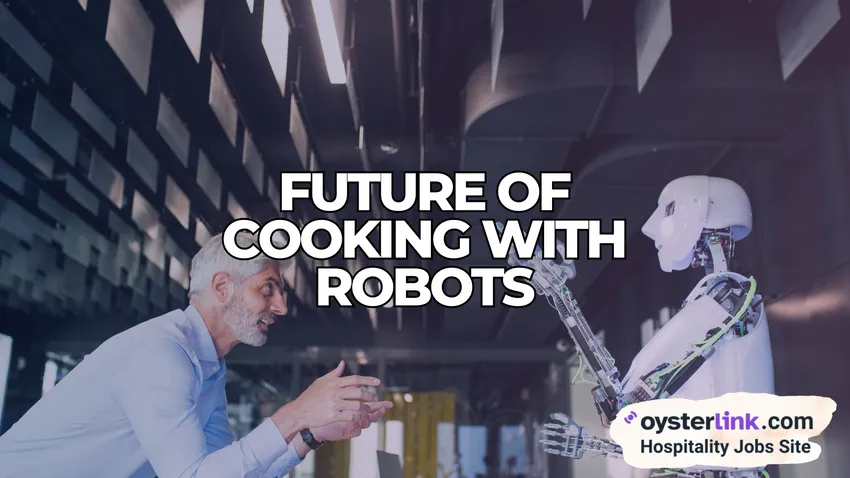



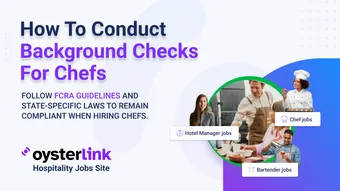
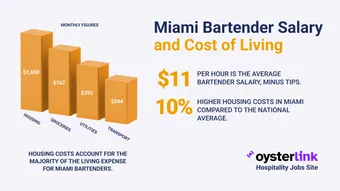
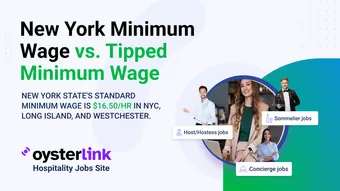
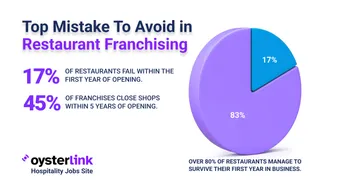
Loading comments...